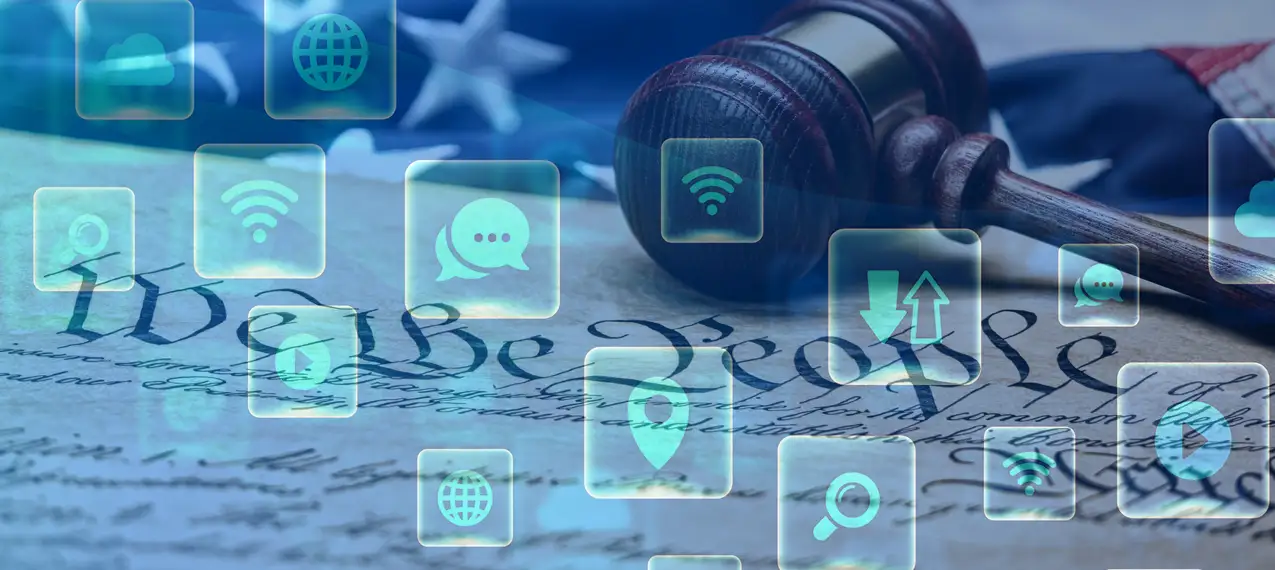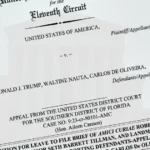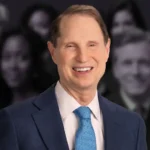
On Monday, March 18, the Supreme Court heard oral arguments for Murthy, Surgeon Gen. v. Missouri. The Court considered whether the U.S. government had coerced social media platforms to censor posts made by private parties and officials of several states, including Missouri, during the COVID-19 pandemic and the 2020 election cycle. Both the District Court and the Fifth Circuit Court of Appeals found that the government had done so, thus violating the First Amendment of these actors. The Fifth Circuit issued an injunction against the federal government continuing to take such in 2023, though a narrower one than the District Court had issued. The United States appealed to the Supreme Court.
The federal government first argued that Missouri and others did not have standing to bring this suit. While the Government did not contest that injury had been sustained by these parties, it did argue that those injuries were not traceable to the federal action, nor were those injuries redressable by the injunction imposed by the Fifth Circuit. Ultimately, the government called on the Court to resolve the on standing by concluding that the appellees had not demonstrated that an injunction against government activity in this area would prevent future harm.
Counsel for the Appellees, the Solicitor General of Louisiana, argued that because the government had taken action that led to the removal of numerous posts for one specific point of view, it had violated the First Amendment. The states argued that if the federal government is privately putting pressure on social media platforms to censor speech, it is not using the bully pulpit, as the federal government had suggested, but was instead coercing those platforms. The states cited a number of examples in which frequent government correspondence with social media platforms about specific content moderation was followed within weeks or months of the censorship of private parties or state officials espousing the view points the federal government wanted censored.
Many of the Justices asked the Deputy Solicitor General to explain when government activity is coercive. The counsel for the government had defended the correspondences between various parts of the federal government and social media platforms as encouragement rather than coercion. Chief Justice Roberts and Justice Kagan asked both parties to explain how they arrived at their definitions of coercion. The case of Bantam Books v. Sullivan featured heavily for both parties in defining what constitutes government coercion and violations of the First Amendment. Justices Gorsuch and Alito also noted that the latent threat of Section 230 reform or anti-trust action against these companies might make the correspondences between the government and them more coercive.
Finally, Justices Jackson and Kagan posed a number of hypotheticals to the counsel for the states, in which the government encouraged social media companies to censor speech. Evidently, they sought to understand if his position against government involvement in content moderation had limiting factors, and what distinguished them from this case.
Landmark hopes the Supreme Court will err on the side of free speech and rule against the federal government’s influencing of social media content moderation.
SUPPORT LANDMARK LEGAL FOUNDATION
We are truly facing existential threats to our individual rights and liberties, the Constitution, and our national character. If unchallenged, this assault on our very way of life will ruin our great nation. With your financial and moral support, Landmark is not going to let that happen without a fight. Will you join us?
JOIN OUR MAILING LIST
Never miss an update from Landmark Legal Foundation as we continue the fight to preserve America’s principles and defend the Constitution from the radical left.
Landmark will NEVER share your contact information and we will not flood your inbox.





